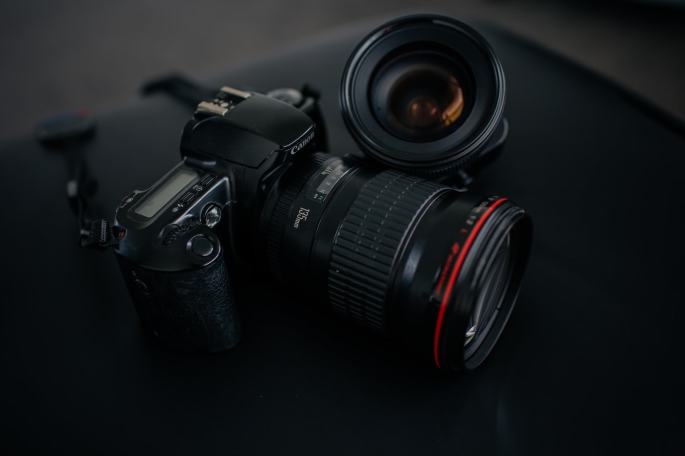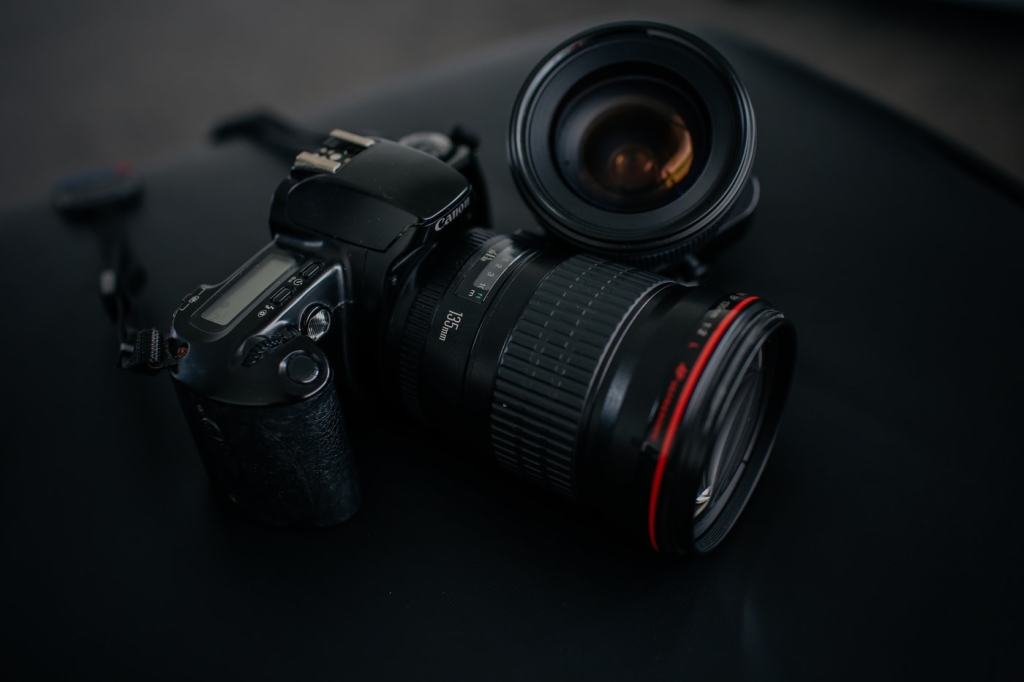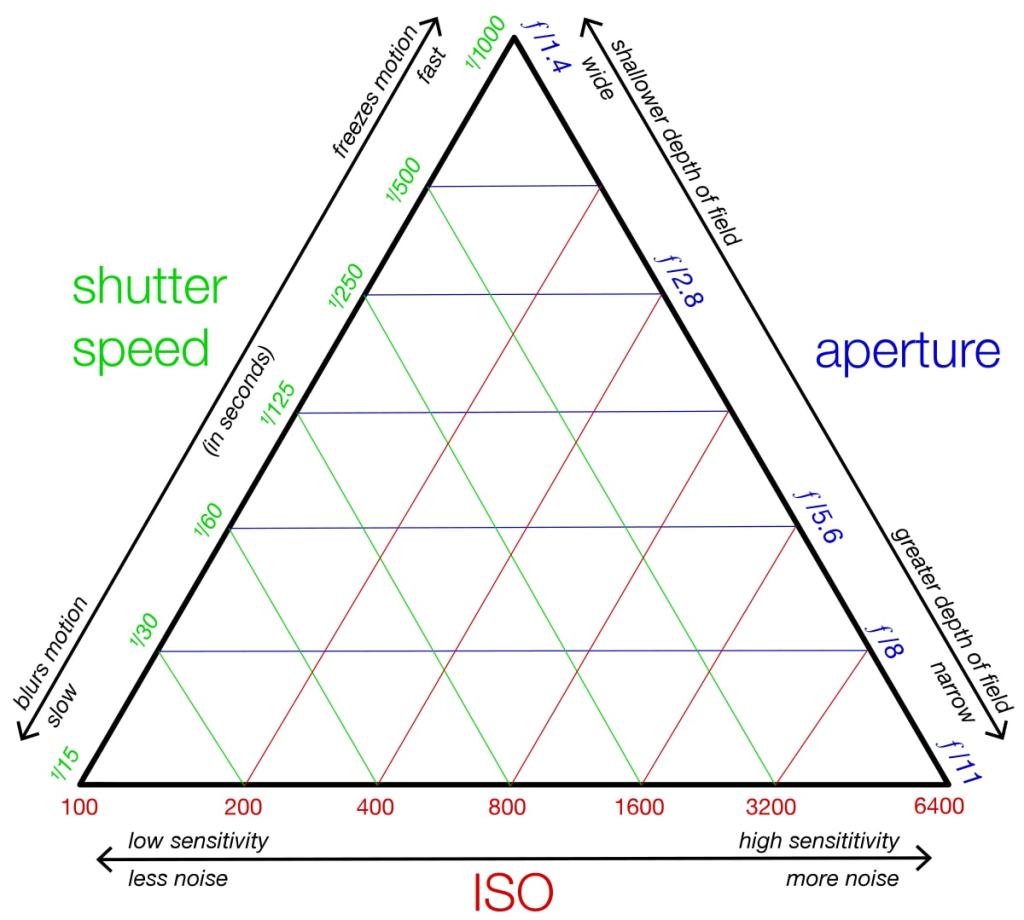
This topic is really important, and without knowing it and practice it properly we won’t be successful in wildlife photography.
Speaking about self-critique is essential, not just in wildlife photography, but in life general. In order to do it correctly, we need to learn how to practice it, and then do it, every time when we go out there and photographing animals.
I came across people on Instagram, who asking for feature, with poor quality photos, and when I talk with them, it seems they can’t realise that the photos are just not good enough. Now, I don’t want to go in to psychological theories, I will keep it simple, they does not have self-critique at all, or just not aware what is a good standard for wildlife photography.
Either way, it will be an obstacle for them, to be able to develop with their skills and knowledge.
HOW TO CRITIQUE A WILDLIFE IMAGE?
In order to be able to reflect our work, photos, we have to learn how to critique as general. What to look for, how to approach an image, how to compare and evaluate.
I recommend to you after you read this article, check out some photos on Instagram, or some wildlife photographer’s portfolio, and try to critique the images, practice it. It will help when it comes to your images. I have to mention here, that obviously when we are talking about our images, we can be a bit more biased, but we have to recognise it, and try to approach our photos with a neutral way.
SHARPNESS
Now, generally speaking the sharpness of our image can determine the photo. If your images are only ever seen as relatively small web images, then this element may not be important to you. However, if you will publish your image, or it will be printed, then you must consider sharpness.
To keep it simple, when talking about sharpness, it refers to an image’s overall clarity in terms of both focus and contrast. When the subject of an image is sharp, the image appears clear and lifelike, with detail, contrast and texture rendered in high detail.
DEPTH OF FIELD
A good depth of field will immediately grab your attention, and guide your eyes to the focus of the image. Obviously, with different subject animals, the focus of the image can be different, generally speaking we want our focus on the eyes, when we shooting birds with our camera for example, but we might want the focus on the skin of a reptile, that can be another case.
To be able to evaluate, I approach the images with a two-step system. First is the first impression, how the image engages me. And second is, where I study the depth of field more detailed. At this point I can evaluate clearly if the depth of field is appropriate or not.
COMPOSITION
This factor can take a whole article, however I will only speak about some guidelines in this one, and the main and key moments of approaching a wildlife image when it comes to critique in terms of composition!
First of all, if composition sounds easy for you, than you should think about it again. Obviously we can argue, what level of photography we speak about. I, personally like to speak about every article, the highest level possibly, but keep it appropriate and understandable for everybody. For a great composition, we will need a lot of preparation, fieldwork, and a bit of luck also! But, how to evaluate a good composition.
I will talk two factor here, one is the subject placement, and the other is the framing. Where you positioning your desired animal on the photo is basically the subject placement, sometimes you have a lot of room to play with, sometimes you are restricted.
The framing is a bit more easier, knowing that in post-processing you can crop your image if you wish. Try to compose your image, where you don’t end up too much unnecessary background, if you ended up with it, than just crop it properly after! Learning to frame a compelling composition takes time and understanding. We must invest the time to really understand the guideline of thirds, colour, leading lines, etc. Both study books and practice some fieldcraft is important.
SELF-CRITIQUE IN WILDLIFE PHOTOGRAPHY?
Self-critique is essential, and part of the learning process. Or at least should be a part of it. Reviewing your photos and your work, and learning from the review as general will make you better wildlife photographer.
To be able to understand the standard of a good photo will also increase your confident, because you will understand what is missing from your images, but you will know the way how to improve, how to get there. Knowing the route to photograph better images will always give you more confidence!
The process of practicing self-critique is obviously can be different and will be person by person, different habits, personalities. It is a journey to learn your own method, but I try to help with some guidelines here.
The process can start at home, with the preparation. Well, it should be anyway. Getting ready and prepare for wildlife photography is as important as the shooting itself. I won’t be writing about fieldcraft and other factors here, let’s jump to the time, where you are sitting front of your computer, and try to review your image.
Now, in order to do your review properly, you should have the knowledge what to check on your images, and you should be able to see also what camera settings you should change for next time. You will be able to consider if you should have used different shutter speed, aperture or ISO after some practice.
Checking if the background have been chosen properly, is it distracting, is it taking out the focus from your subject. If so, you should choose a better, less distracting background next time. It is also true for the foreground if you have on your image.
Lighting can play a big part on the review process, is the image too bright or too dark? You might consider the position of the sun, where the light comes from, just evaluate basically the settings of your image in terms of lighting.
CONCLUSION
Now, obviously this is just my method, or system, on how to evaluate an image, and how to self-critique, there is no yes and no, everybody can create an own system, and use that one.
This article is created to help to understand the importance of self-critique, and give guidelines how to do it properly.
The most important thing is, that after every photographing session do a review, and keep in mind what can you do better next time. I promise, you will develop in wildlife photography after every session.
I hope I could help with this article!
If you have some spare time, please check out my Youtube Channel: https://www.youtube.com/channel/UC6Vgiw_7TZrN7Lx2cFLA5eQ?view_as=subscriber
If you have some spare time, please check out my Instagram: https://www.instagram.com/wildlifeoftheplanetmpc/?hl=hu
Thank you!



























